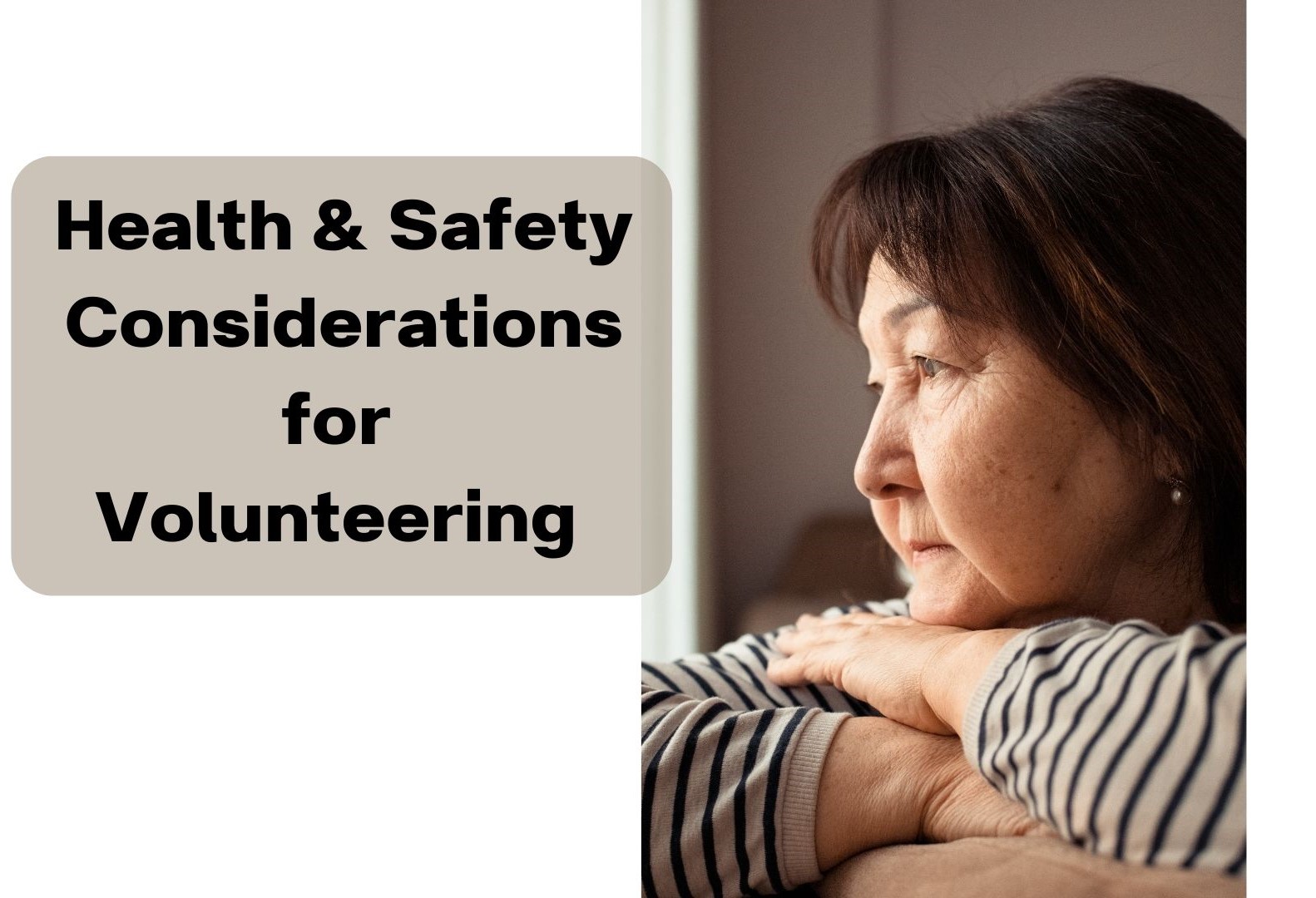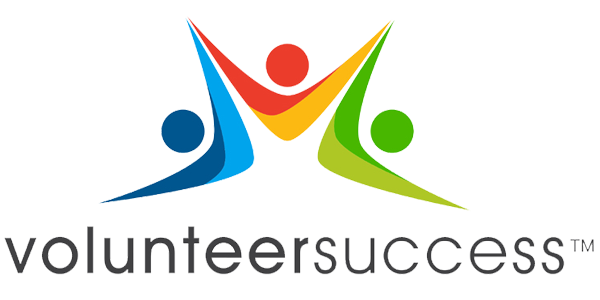

Is it safe to volunteer since COVID and lockdowns? Is it safe to volunteer in a hospital or anywhere with all those germs and illnesses? What safety considerations should I know or think about when it comes to volunteering?
It’s challenging to provide an over-all answer to these good questions as there are many factors involved to consider; everyone is different and our personal safety metre is unique.
A personal safety metre, in the context of health and safety while volunteering, is like having a virtual gauge that helps you assess and maintain your well-being during volunteer activities. It involves being aware of your physical and emotional limits, understanding potential risks, and taking measures to stay safe.
The below will hopefully assist you to make an informed decision for yourself around volunteering based on the reality of today’s world and your personal safety metre.
Important health & safety questions you can ask an organization where you wish to volunteer:
- What risks might be involved with my volunteering?
- As an organization, what are you doing to mitigate any risks to my volunteering?
- What are you doing to protect me? (other volunteers, the community)
- Do I need to be vaccinated to volunteer here?
- Do I need to provide proof of vaccination and which ones?
- Will I be required to wear a personal protective mask?
- Can I wear a mask if I want to?
- What is your workplace health and safety policy?
- Are there other policies I should know about?
- How do I get access to your policies?
- How do I report an unsafe working condition?
- Who do I speak with if I have a question or concern?
- What if I’m injured on the job?
- If I wish to change my volunteer role, so I feel safer, can I?
- And be sure to add your own specific questions to this list.
Based on the answers you receive, you can make a more informed decision about your volunteering with an organization you are eager to get involved with.
Some important health and safety points to keep in mind in this reality we all now live in:
- If your personal safety metre alarm is going off, listen to it, see if something can be done to soothe it — virtual* volunteering from home, might be a viable option for you.
- If you have any underlying health concerns, avoid volunteering that involves personal interaction. Try virtual* volunteering from home, if possible.
- If you are feeling unwell, refrain from volunteering and stay home until you feel better.
- Wash your hands, both before volunteering and during, for 20 seconds each time.
- Come equipped with a personal protective mask (e.g., surgical or N95 mask), if desired.
- Bring a personal supply of food and drink, if needed, to avoid sharing dishes.
- Make sure you have fully completed any training for your volunteer position required by the organization.
- Follow Public Health Agency of Canada
- If you come across a client who is not feeling well, inform your supervisor immediately.
- If at any point while volunteering, you feel uncomfortable, contact your supervisor and make arrangements to leave.
- Take care to rest and refresh. Take on only the tasks that you believe you can handle.
- Follow the advice and guidance of staff. They work to ensure their volunteers are in a safe environment, both virtually and in-person. It is important that you follow their instructions to ensure the safety of everyone involved.
Your personal safety metre as a trusted tool to keep yourself healthy and secure while volunteering. Use it to check in on how you’re feeling physically and emotionally. Are you still feeling doubtful? Can you seek more answers to your concerns? Are you pushing yourself too hard, or do you need a break? Just like a traffic light, green means you’re good to go, yellow suggests caution or a need for attention, and red signals a potential stop or pause. By regularly tuning into your personal safety metre, you ensure that you’re volunteering in a way that’s both rewarding and safe for you.
Practices and protocols to protect volunteers may vary based on the organization’s mission, clients, and geography. Check with the volunteer manager at the organization where you are volunteering and get their specific guidelines.
Protecting your health protects everyone’s health.
Some of the above is from a Volunteer Canada document, read the entire “Health and Safety Considerations for Volunteering” HERE.
*See our article “Virtual Volunteering – What does Virtual Volunteering Even Mean? Is it for Me?” found HERE.


